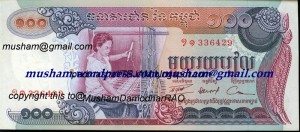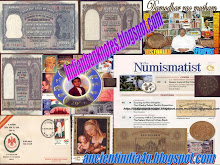A loom is a machine or device for weaving thread or yarn into textiles. Looms can range from very small hand-held frames, to large free-standing hand looms, to huge automatic mechanical devices. The ancient Egyptians and Chinese used looms as early as 4000 BC.
The basic purpose of any loom is to hold the warp threads under tension to facilitate the interweaving of the weft threads. The precise shape of the loom and its mechanics may vary, but the basic function is the same.
Weaving is the textile art in which two distinct sets of yarns or threads, called the warp and the filling or weft (older woof), are interlaced with each other to form a fabric or cloth. The warp threads run lengthways of the piece of cloth, and the weft runs across from side to side.
Warp and weft in plain weaving.
Cloth is woven on a loom, a device for holding the warp threads in place while the filling threads are woven through them. Weft is an old English word meaning “that which is woven”.
The manner in which the warp and filling threads interlace with each other is known as the weave. The three basic weaves are plain weave, satin weave, and twill, and the majority of woven products are created with one of these weaves.Woven cloth can be plain (in one color or a simple pattern), or it can be woven in decorative or artistic designs, including tapestries. Fabric in which the warp and/or weft is tie-dyed before weaving is called ikat.

lady-weaving






No comments:
Post a Comment